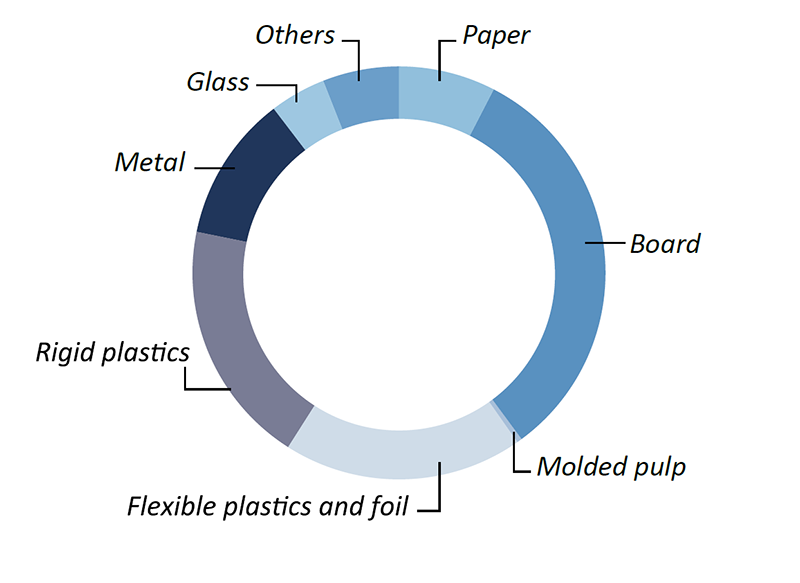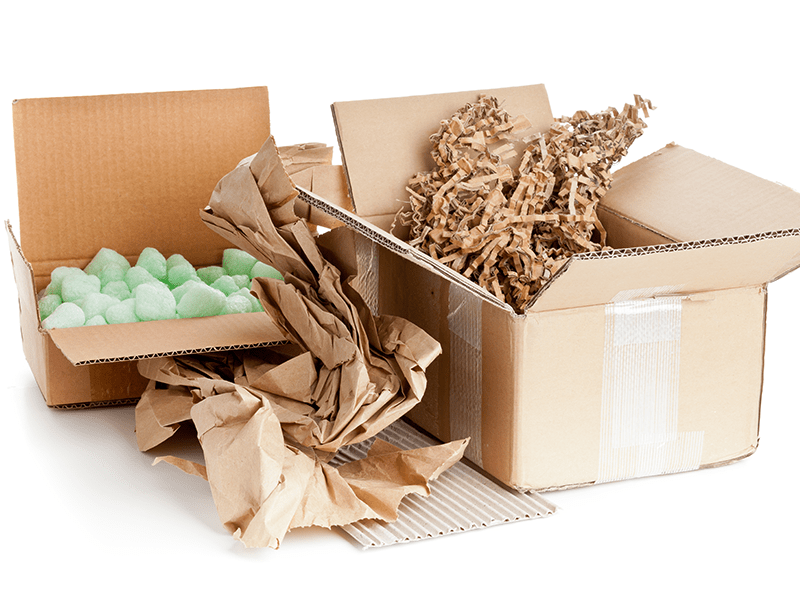Greater sustainability, via the use of recycled materials and more fibre-based formats, is a dominant trend across packaging design and it is the focus of a new market report from Smithers, the worldwide authority on the packaging industry.
In its newly published report,
The Future of Sustainable Packaging: Long-term Strategic Forecasts to 2034, Smithers tracks this innovation across a global industry valued at $1.23 trillion in 2024.
There is expert analysis of the latest technology developments in material selection, end-of-life processing, and green labelling across packaging supply chains. The report examines how regulations such as the PPWR, Deposit Return Scheme (DRS), and Extended Producer Responsibility (EPR) will reshape the business landscape.
Across the ten years to 2034, fibre-based packaging materials (paper, board, and moulded pulp) will continue to grow their share, increasing to over 40% in 2034. The greater availability of post-consumer recycled (PCR) resins will help plastics (flexibles and rigid) to maintain a significant proportion of the total global market, increasing to 38.6% in 2034. This will be supported by the increased use of mono-material flexible plastic packaging.
The percentage of circular materials used will increase in all packaging categories across 2024-2034.
The greatest increase – and widest scope to improve circularity – comes in rigid plastic packaging. This will be driven by mandates to use higher levels of PCR content, principally for PET. High-grade resin supplies are set to increase as more DRS are established.
The highest circularity rates – already well over 70% in 2024 – will remain for metal and glass. For fibre-based formats Europe is already a mature market for material recovery, although investment in infrastructure in North America and multiple less developed markets will improve the availability of recycled pulp.
Flexible plastics will remain the least circular packaging type, despite some improvements. This will accelerate mainly after 2030, as investment in chemical (advanced) recycling lines increases the supply of recycled polyolefin flexibles, including higher purity resins suitable for food contact.
Global packaging consumption, 2028 ($ million at constant 2022 prices)

Source: Smithers

